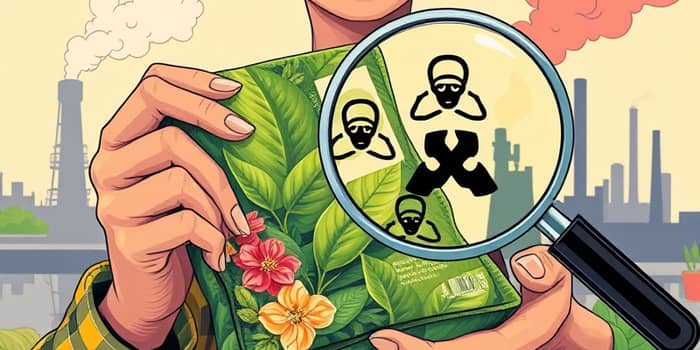In an era where environmental responsibility commands consumer loyalty, Companies often disguise harmful practices behind lush imagery. Greenwashing has become a pervasive strategy, misleading shoppers into believing products and brands are more sustainable than reality. Recognizing these deceptive tactics helps protect our planet and our purchasing power.
Understanding the concept of greenwashing
Greenwashing describes the practice of making unsubstantiated or misleading claims about environmental benefits. Brands leverage buzzwords and nature imagery to feign eco-friendliness without implementing substantive changes in their operations.
This strategy exploits the lack of universal legal definitions for terms like “green,” “eco-friendly,” or “sustainable.” While consumers seek genuine green choices, companies find loopholes in marketing regulations to reap reputational rewards at minimal cost.
Why companies resort to greenwashing
As environmental awareness surges, businesses feel the pressure to present an eco-friendly image. Adopting real sustainable processes can be expensive and time-consuming, so many opt for superficial changes instead.
- Capitalizing on consumer demand for ethical products.
- Improving public perception without operational overhaul.
- Avoiding regulatory scrutiny by skirting clear legal definitions.
Common tactics and misleading claims
Greenwashing manifests through several deceptive methods. Companies may cherry-pick positive data or exaggerate minor improvements as major breakthroughs.
- Ambiguous labeling, such as “planet-friendly” without context.
- Misuse of eco-certifications or creation of self-declared badges.
- Overreliance on nature-based imagery to suggest sustainability.
Statistics that expose greenwashing prevalence
Data reveals how widespread greenwashing truly is, highlighting the urgent need for consumer vigilance and stronger regulations.
How to spot greenwashing quickly
Becoming an informed shopper requires attention to detail. Look beyond attractive packaging and marketing buzzwords.
- Watch for vague claims without data or citations.
- Verify certifications through recognized third-party bodies.
- Question broad statements that lack specifics, such as “all natural.”
Avoid falling for false impressions by checking official regulatory or independent websites. If a claim seems too good to be true, it probably is.
Consequences of greenwashing
While deceptive practices may yield short-term gains, the long-term fallout can be severe. Public exposure of greenwashing leads to reputational damage and declining consumer trust. Legal penalties are on the rise as authorities tighten regulations.
Brands caught misleading the public face potential lawsuits, fines, and boycotts. In an interconnected world, social media amplifies consumer backlash, making recovery difficult and costly.
Empowering consumers and companies
Consumer awareness is the first line of defense against greenwashing. By demanding transparency and accountability, individuals drive the market toward genuine sustainability.
Companies benefit from embracing authentic eco-friendly practices. Clear reporting on environmental impact, independent audits, and measurable goals foster long-term loyalty and trust. Investing in real change not only supports the planet but also secures a competitive edge in a values-driven economy.
Next time you shop, pause and ask: What lies beneath the green façade? Your informed choices can shape a more sustainable future.
References
- https://www.investopedia.com/terms/g/greenwashing.asp
- https://www.spiralytics.com/blog/greenwashing-statistics-compilation/
- https://www.un.org/en/climatechange/science/climate-issues/greenwashing
- https://whattheythink.com/articles/118297-todays-state-greenwashing-too-easy-too-common/
- https://www.esgdive.com/news/greenwashing-rising-report-rep-risk-social-washing-sustainability/696289/
- https://www.woola.io/blog/greenwashing-statistics
- https://blog.cleanhub.com/what-is-greenwashing
- https://www.zippia.com/advice/greenwashing-statistics/










